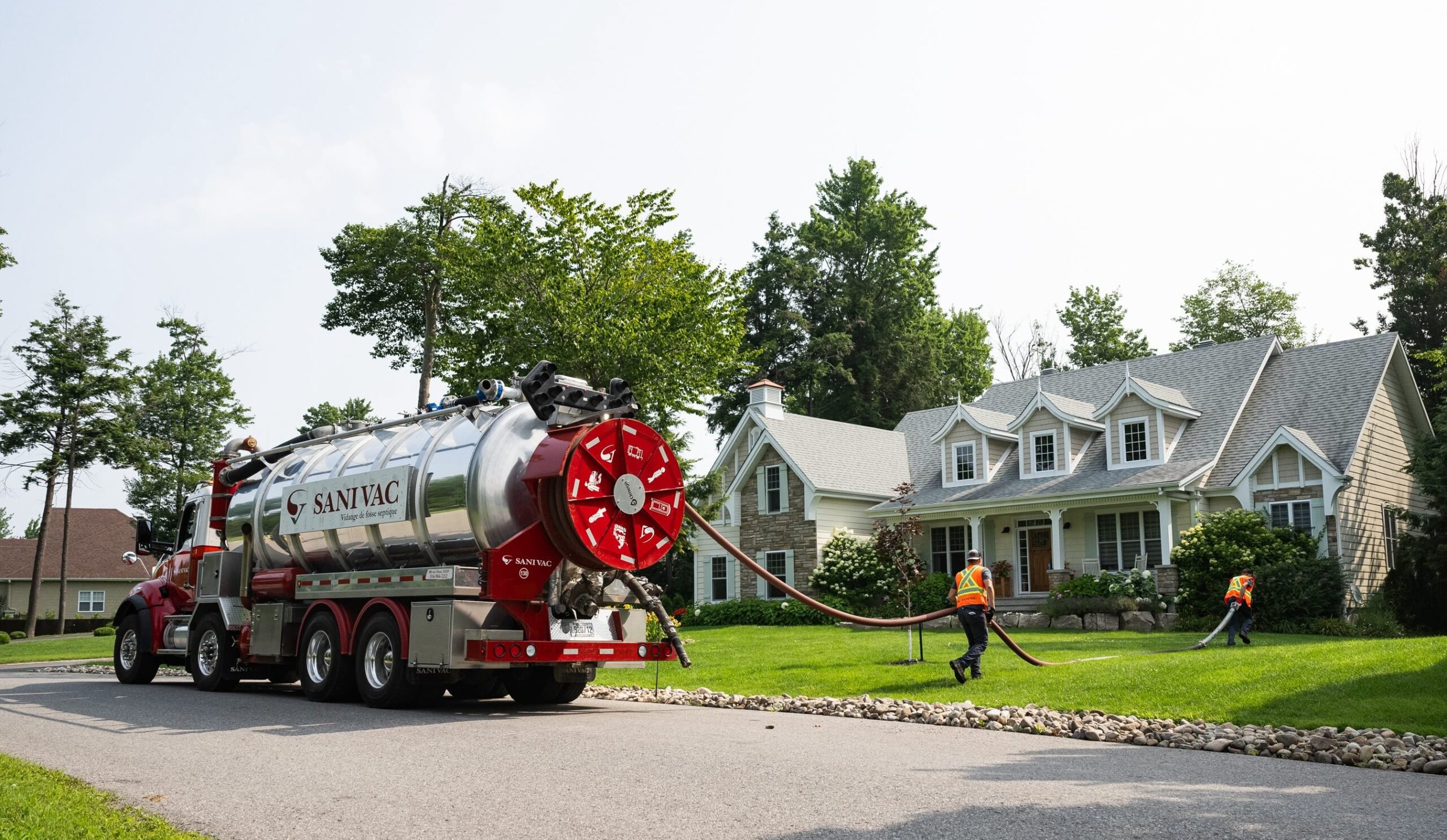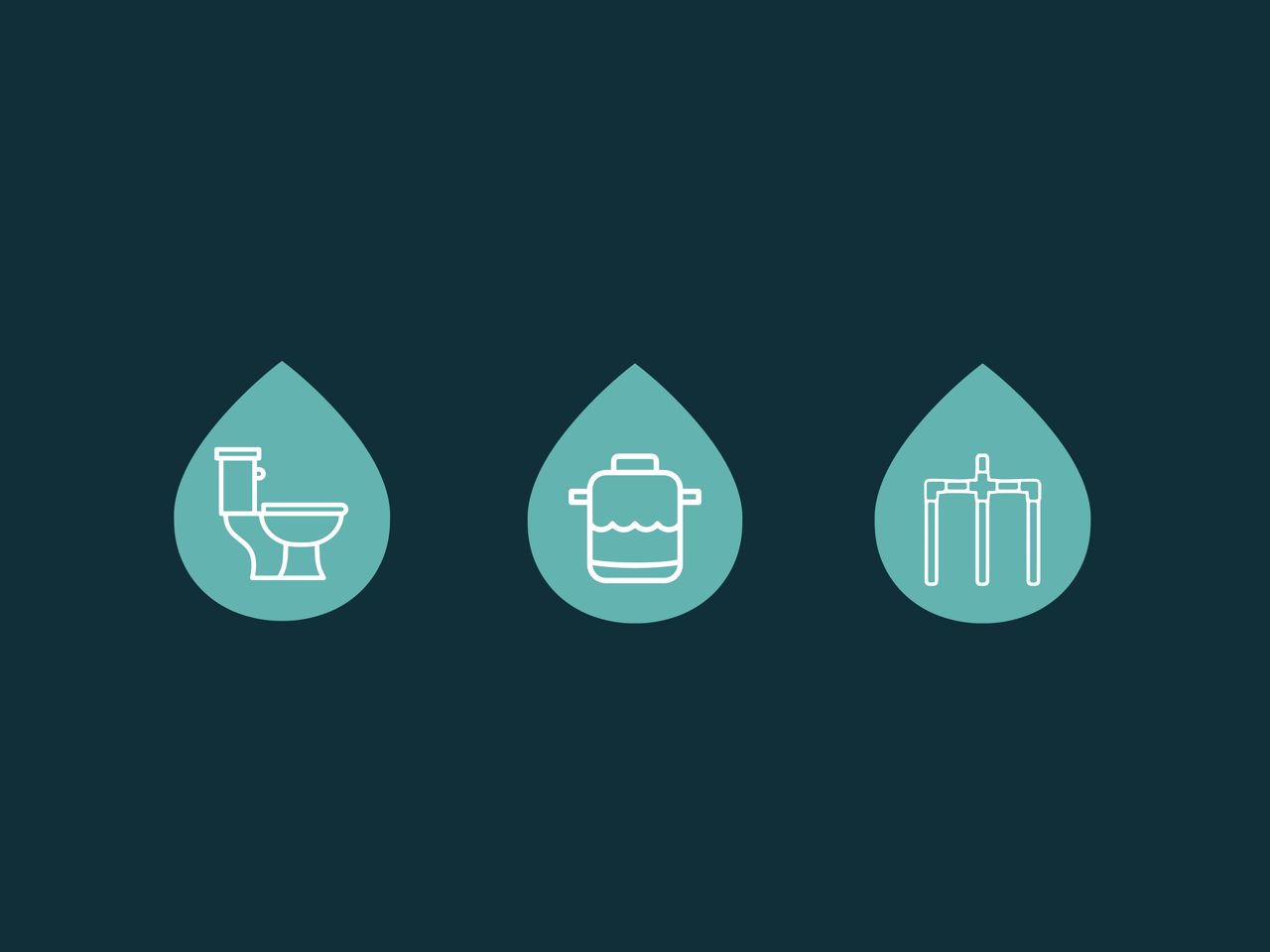Waste that accumulates in a septic tank must be removed regularly to allow the system to continue operating efficiently. The process, which is also regulated by law, makes it possible to avoid overflows, obstructions and other problems that harm optimal functioning. Owners must then choose between selective or total emptying, two methods with different costs and results. Which option represents the best solution for your situation?
Selective draining, the most popular solution
Selective emptying, as its name suggests, involves removing only a specific portion of the waste accumulated in the septic tank. This approach mainly aims to remove the solids and sludge that have settled there, while leaving a portion of the treated wastewater in the system.
Advantages of selective emptying
- Savings: Selective emptying is generally less expensive than total emptying. This difference is due to the fact that it does not require the complete disposal of wastewater, which must be disposed of in appropriate sites.
- Preservation of beneficial bacteria: By leaving a portion of the treated wastewater in the pit, selective emptying retains the beneficial bacteria that contribute to the decomposition of organic matter. Consequently, the bacterial activity of the septic tank remains as effective.
Disadvantages of selective emptying
- Early Filling Risks: If selective draining is not performed correctly, sludge may be left in the system. The septic tank could then tend to fill up more quickly, thus requiring more frequent emptying.
- Potential for obstruction: If you do not have a pre-filter or if draining is performed incorrectly, undischarged solids can potentially clog the system or drain field. This especially happens when too much water is returned to the system.
Total draining, essential for certain situations
Total emptying removes all of the waste accumulated in the pit, including solids, sludge and wastewater. Unlike selective emptying, this method completely empties the pit, which can immediately be used again.
Advantages of total emptying
- Deep Cleaning: Total emptying ensures that the septic tank is completely cleaned, free of any accumulated solids or sludge. If chemicals or medications are present in the water, this type of emptying allows a system to be restarted optimally.
- Reduced risk of clogging: By removing all waste, total draining significantly reduces the risk of clogging.
- Facilitating inspections and work: Once emptied, the septic tank can be inspected in depth to detect possible problems or damage and make it easier to carry out work.
Disadvantages of total emptying
- Higher cost: Total draining is generally more expensive than selective draining because it involves the removal and management of all wastewater.
- Loss of beneficial bacteria: Complete emptying eliminates all beneficial bacteria from the pit. It may take some time for the system to return to biological balance.
The 3 elements that determine the type of drain to favor
The choice between selective or total emptying depends on several factors, including the condition of the septic system, its use and its type. Here are some guidelines to help you make the appropriate decision for your situation.
- Condition of the septic system
For a septic installation at the end of its life which has a return of water coming from the sewage field, total emptying is more interesting. It allows the capacity of the septic tank to be maximized while the necessary corrective work is carried out. Otherwise, for a functional septic installation, selective emptying often represents the best option.
- Use of the septic tank
If harmful or medicinal products have contaminated your wastewater, complete emptying is recommended. In the case of chemotherapy, particularly, this type of emptying must be carried out between each treatment cycle to reactivate the bacterial process.
- Type of septic installation
The type of septic installation also influences the choice of emptying. All systems allowing discharge or infiltration into the environment naturally dispose of water from the septic tank. Therefore, the selective drainage pit is ideal for maintaining effective bacterial activity. For sealed tanks (also called “retention tanks”), total emptyings are instead recommended in order to maximize the capacity of the septic tank and reduce the number of emptyings per year.
In conclusion
To find out for yourself and make the ideal decision for your situation, seek professional advice. A Soluo expert will be able to recommend the best approach depending on the condition of your pit, your use and the local regulations in force. Whichever option you choose, regular maintenance of your septic tank remains essential to avoid costly problems and extend the life of your system.
Would you like to plan the emptying of your septic tank? Soluo experts recommend that you plan your draining with the Sanivac Group, a Quebec family business which respects the highest standards of quality customer service and which disposes of your wastewater in compliance with environmental standards. You can book your oil change today in the ”Schedule your oil change” section located in the main menu of our website.
About Sanivac: Sanivac is a third-generation Quebec family business and expert in septic tank emptying since 1961. Its commitment to the environment and customer service are at the heart of its priorities. Sanivac is proud to be a pioneer in selective ecological emptying, thanks to its trucks equipped with cutting-edge intelligent filters. When you call on Sanivac to empty your septic tank, you can rest assured that you will receive professional and efficient service. Its team is mainly composed of seasoned professionals, and Sanivac invests in the training of its new employees to ensure cutting-edge expertise in its field.
Thanks to its specially designed trucks and state-of-the-art equipment, Sanivac is able to carry out professional work in less than 30 minutes, without requiring your presence. Sanivac understands the importance of your time and is committed to making the emptying process as convenient as possible for you. The Sanivac Group is now a large family of 500 employees spread across 8 branches across Quebec and Ontario, with an impressive fleet of 365 trucks and 15,000 sanitary units. No matter what region you are located in, Sanivac is here to meet all your septic tank emptying needs. To learn more about our services: www.sanivac.ca/fosse-septique

About the Author
Étienne Gaudette
Chief Executive Officer (CEO)
Étienne Gaudette is the president of the Soluo Group, a company specializing in inspection, design and residential septic installation work serving the majority of regions of Quebec for more than 30 years. Thanks to his creative mind and his background in marketing consulting and as director of the group of experts in decentralized water management at Réseau Environnement, Étienne brings a unique vision to the on-site sanitation industry in Quebec in order to bring together the all industry players for the benefit of Quebecker. One goal: Change the world, one septic installation at a time.
You liked this post?
Share
More tips and advice here
Your septic system can last decades, provided you maintain it well and are responsive when you suspect an anomaly. Adequate monitoring not only ensures […]
Has your septic system reached the end of its useful life? Do you want to build on land not serviced by a municipal sewer […]


